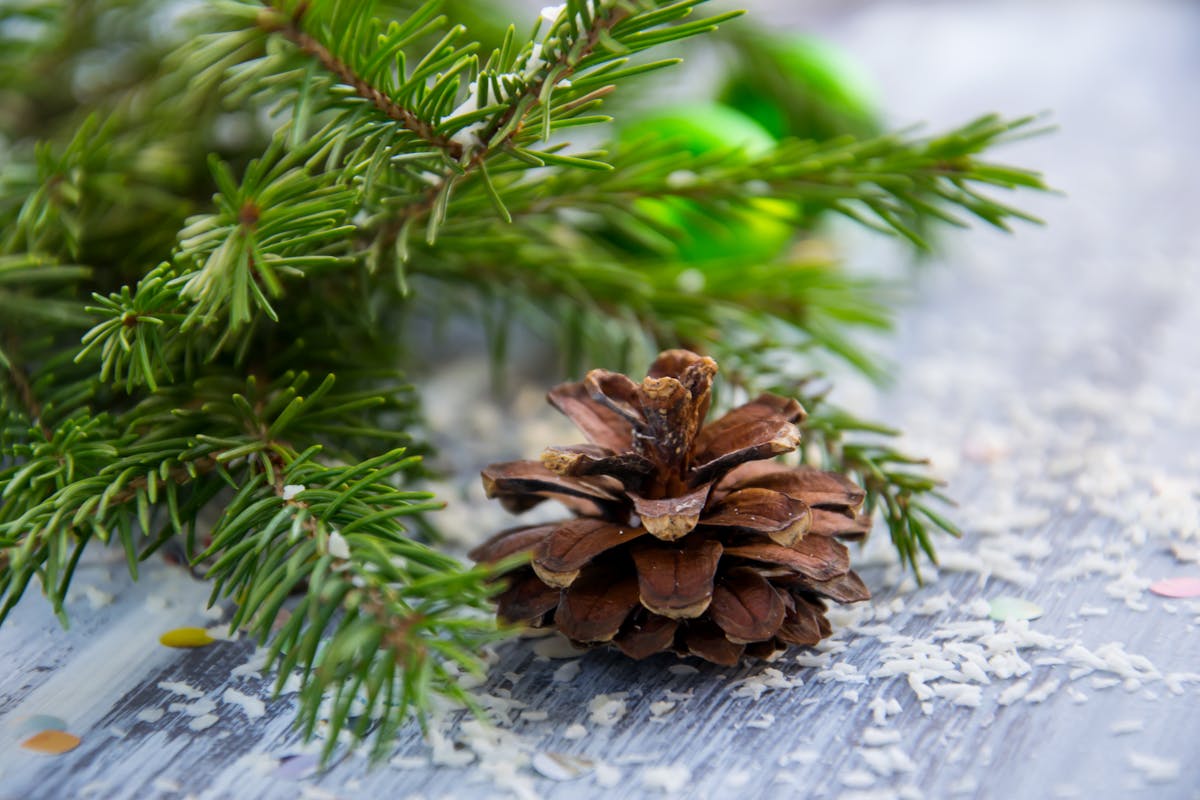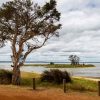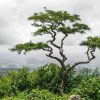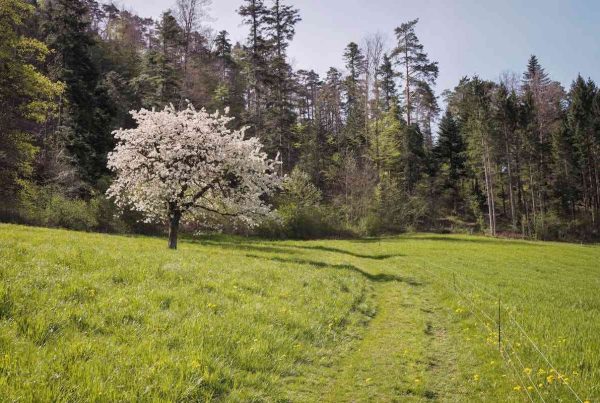- Afghan pine
Pinus eldarica - Common names:
Eldarica pine, Mondel pine - Leaf type: Evergreen
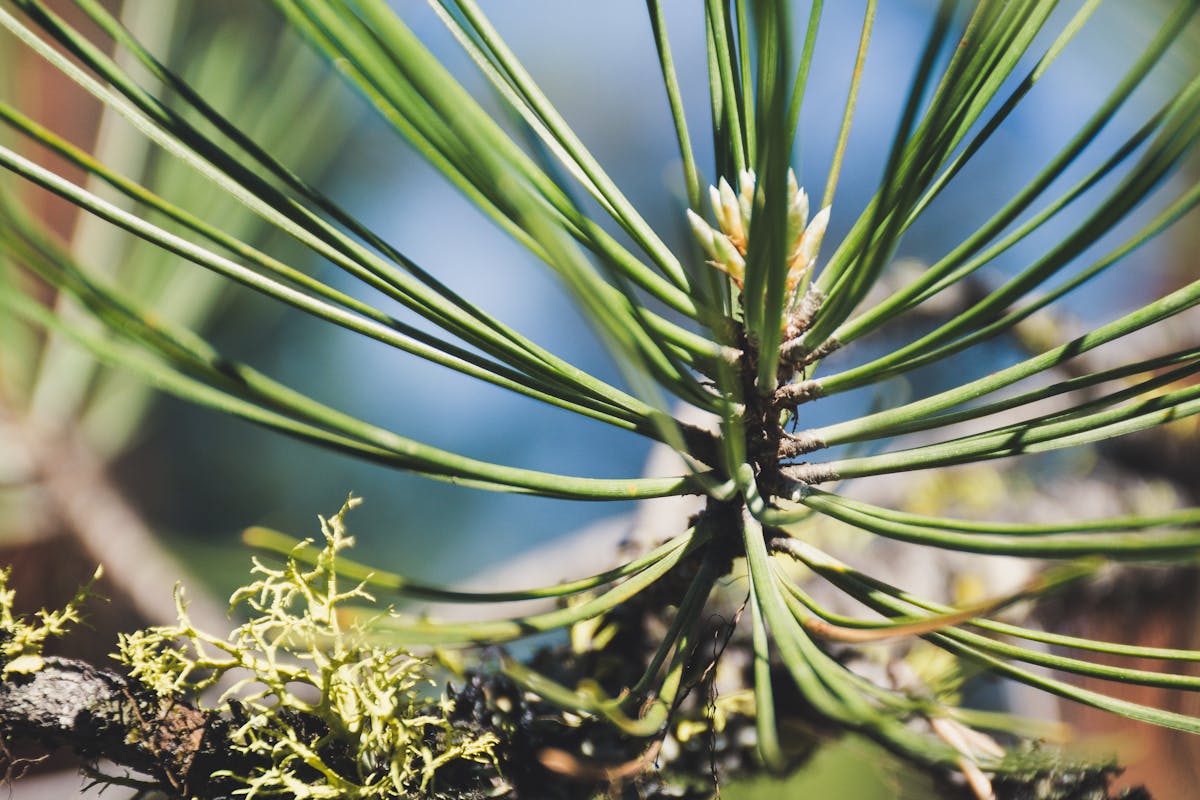
Afghan Pine Trees Species
Afghan Pine Trees Description:
A large, pyramidal pine tree up to 40 feet tall, commonly planted for windy and stormy conditions in central and western Texas.
Range/location description:
Native to Afghanistan and Central Asia. It grows well in hot, dry areas with alkaline soils in Texas, but trees can be affected by Diplodia fungus if too much water is available.
Leaves:
Simple needles in two cords, 3″ to 5″ long, medium green, flat rather than slightly flattened, making the tree more slender than other pines.
Flowers:
In summer, small, yellow-orange, cone-like structures appear on the branches and produce male flowers. Females are usually taken from different branches of the same tree and are not seen.
Fruit:
Dark brown, woody, 1 to 3 inches high, scales open when ripe, revealing two seeds in each scale. There are small protrusions on each head of the scales. In some areas 97.
Similar species:
Aleppo pine (Pinus halapensis) is also planted as an ornamental in West Texas, but its growth is poor and it has yellow-green leaves.
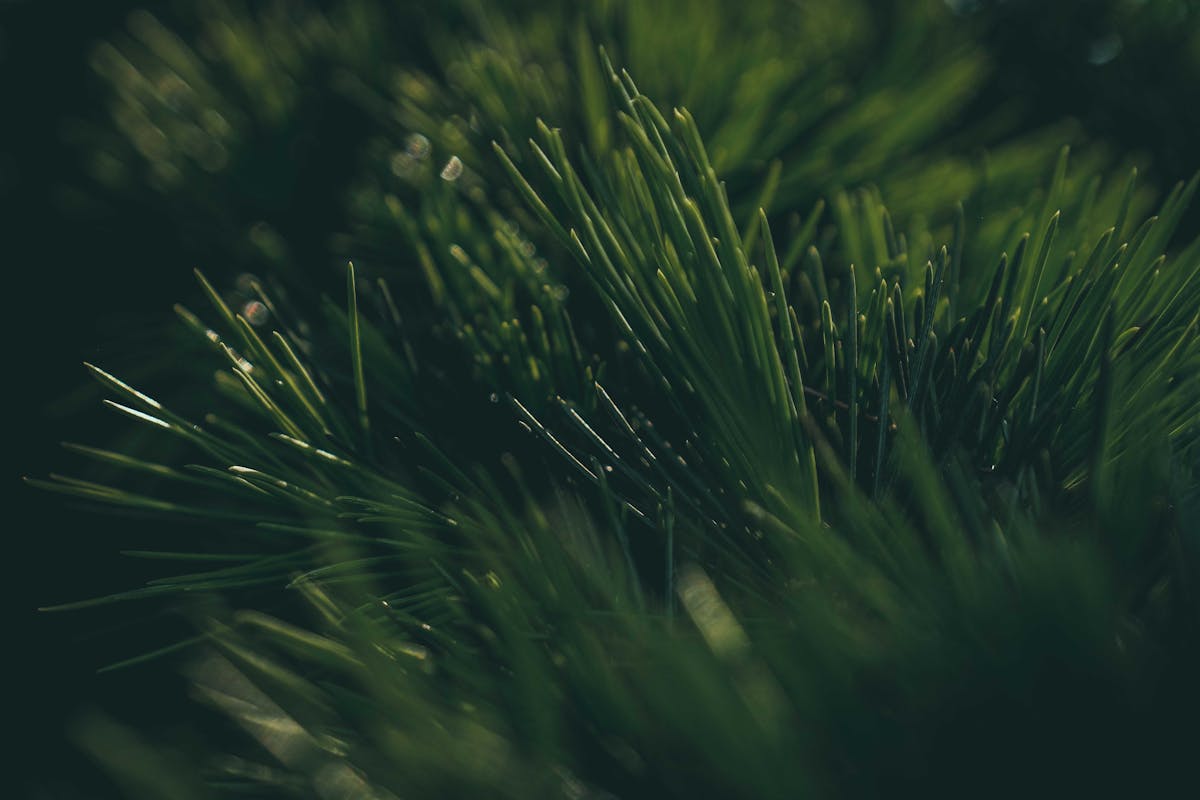
Benefits of Afghan Pine
10 Benefits of Owning an Afghan Pine
Symbol of Durability and Heritage
Our Historical Roots and Symbols
Afghan pine is not just a tree; A survivor of the rugged mountains of Afghanistan. The goal itself is linked to the spirit of the country, symbolizing the strength and power of its people.
Le Heritage Living
Solitaire is the name of the Afghan Pine game. These trees don’t just exist; they last for centuries and stand tall as monuments of living heritage. It’s not just plants; These are capsules of Afghan culture, silently telling their stories of survival against all odds.
Natural partner of the environment and protector of the ecosystem
Afghan pine is an environmental powerhouse. Its branches provide a refuge for wildlife and enrich a wide range of biodiversity. In Afghan geography, these trees form the basis of the ecosystem and support many species.
Heroes Against Erosion
Soil development and other good properties of Afghan pine. Its roots hold the soil and resist erosion in dry areas. Not just trees; they are natural fortresses against the ever-expanding desert. Reforestation projects often use Afghan pine to replenish and stabilize soil, making it useful in environmental restoration projects.
Marvels of Beauty and Architecture
loan Visual beauty of the Afghan pine The Afghan pine is a striking feature of the landscape. They attract attention and respect because of their tall height and many leaves. Its long, slender needles contribute to a unique, beautiful shape that can grow 40 to 60 feet tall. This tree is not just visible; this is existence.
Designing with nature in mind Incorporating
Afghan pine into your design is not only smart; It changes. These trees provide a natural landscape level, creating an area that integrates with nature. Their durability and adaptability make them ideal for city parks, where they provide shade and a touch of wilderness. Remember this, designers: Afghan pine is a gorgeous, atmospheric accent that adds dramatic drama to your landscape.
Improving the environment
Pharma Natural Pharmacy
Afghan pine needles hold medical secrets. Ingredients include traditional medicine that provides healing properties that have been known for generations. For example, oak bark, which resembles a valuable incense used in aromatherapy, is known for its calming effects.
B Fresh air
Working with Afghan Pine is a great experience. Touching the leaves and breathing in the scent of cedar can be as invigorating as fresh air, it can stop you in the moment. Its presence is a natural stress reliever and promotes better health and relaxation. Statistical analysis has supported the relief effect caused by the withdrawal of plants from the environment, and Afghan pine is no exception. The lamp of culture and the pillar of the economy.
Our traditional roots
In Afghanistan, the Afghan pine is not just a tree; It is the stone of culture. Its existence is woven into the fabric of festivals and rituals symbolizing unity and continuity. Families and communities gather under the branches, celebrating their shared heritage and creating a bond that will last as long as the tree itself.
Farms Department of Economics
Besides its culture, Afghan pine is the most durable among sustainable forests. Known for its durability, wood is a gift for construction and furniture making. By supporting the local economy, the tree is not only a symbol of strength but also a natural basis for economic development. Conservation efforts ensure that this natural resource continues to support future livelihoods, making Afghan pine a true friend of culture and commerce.
